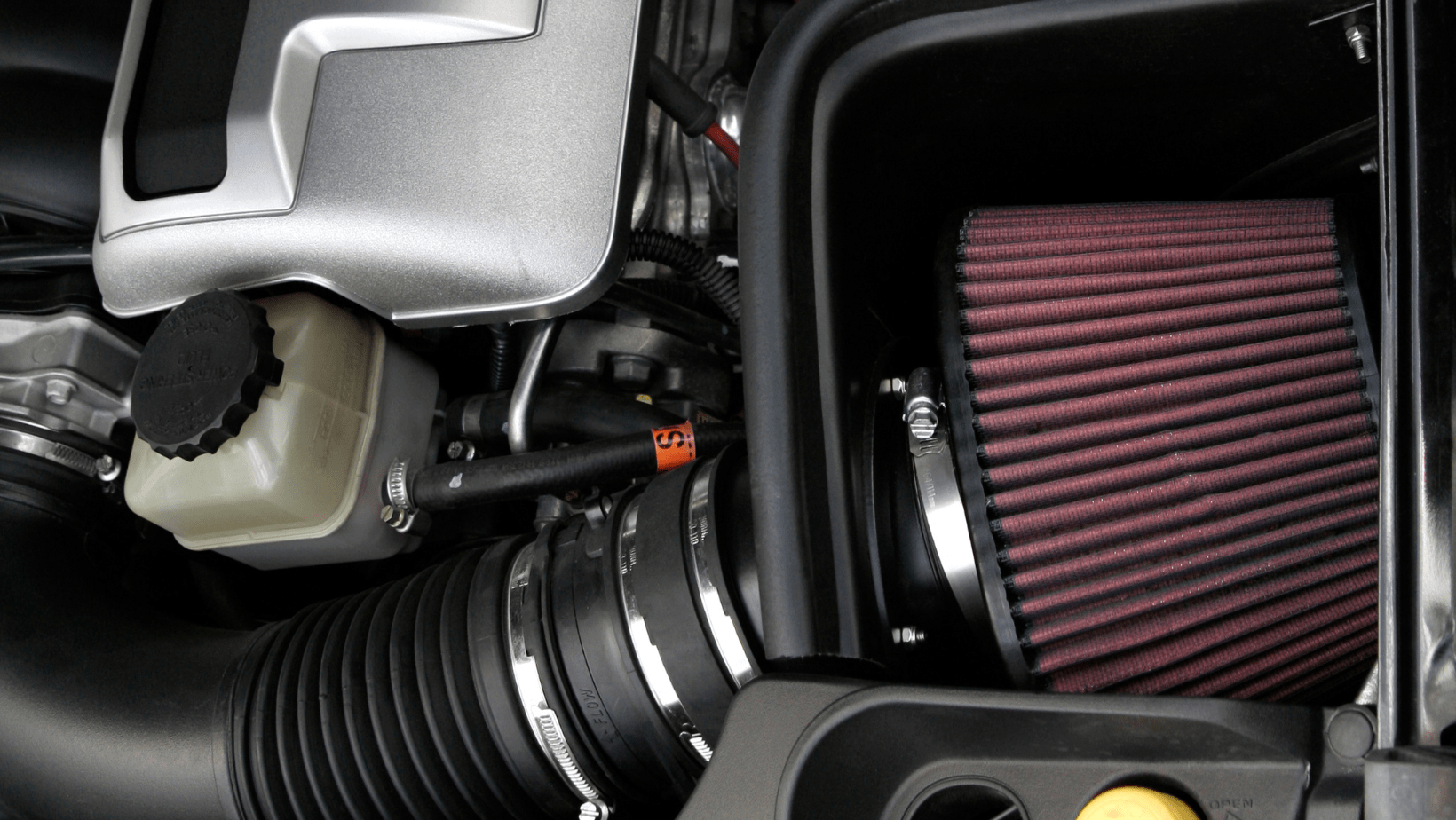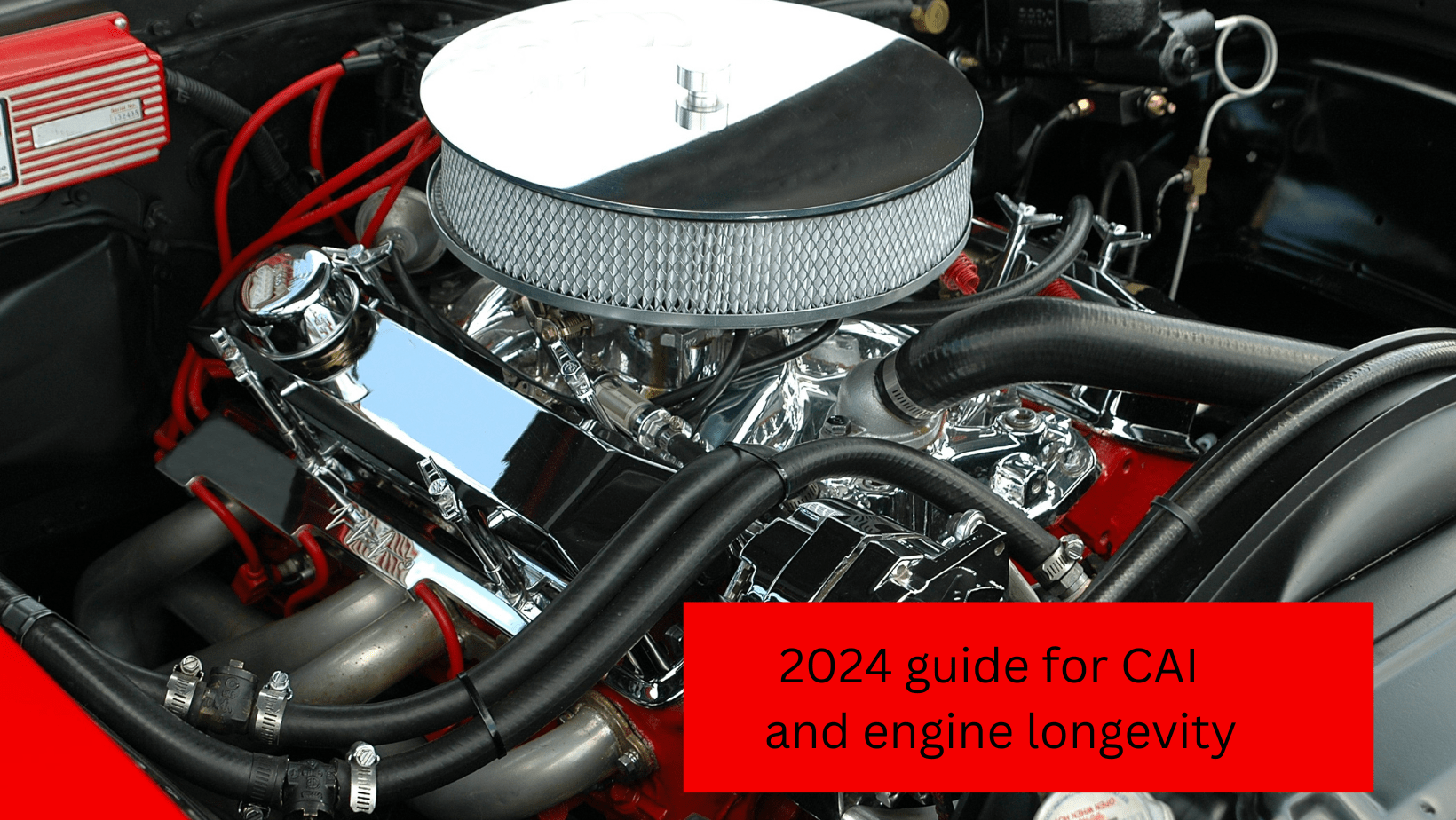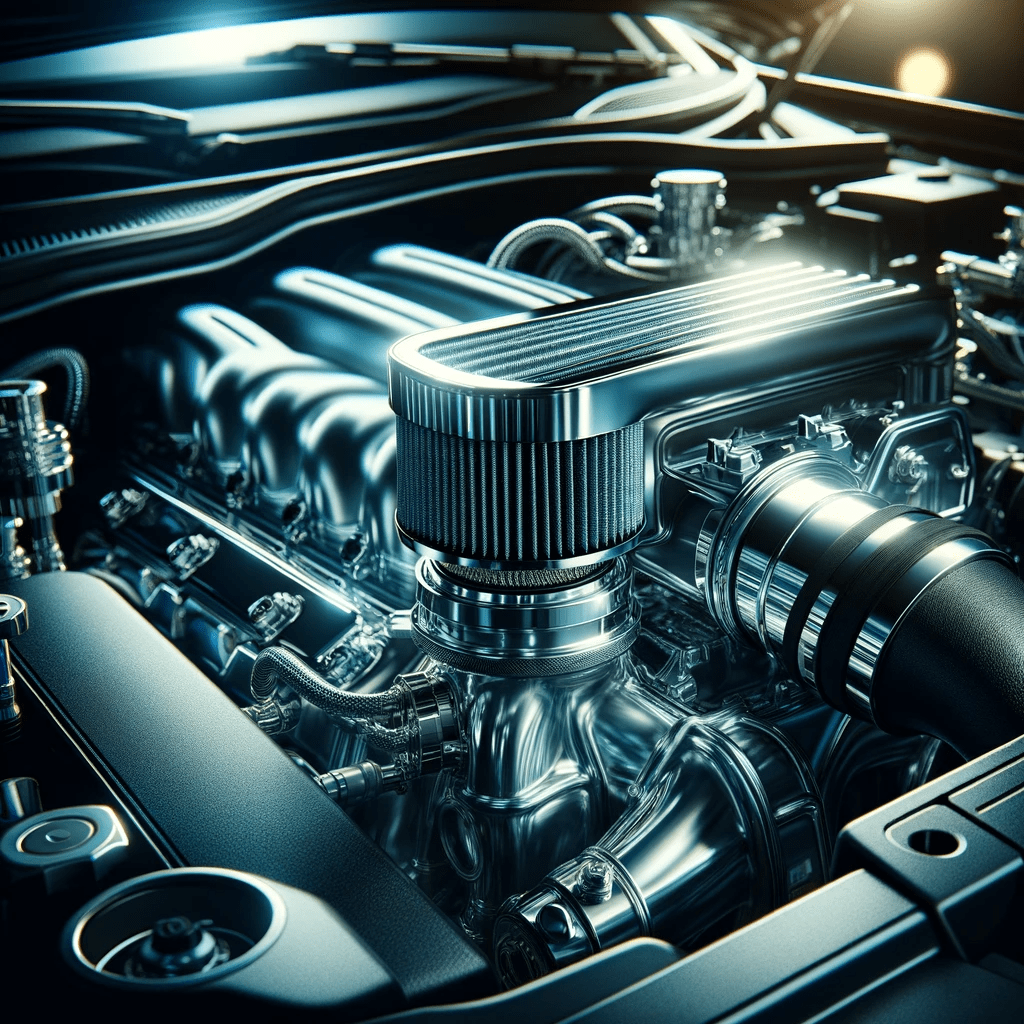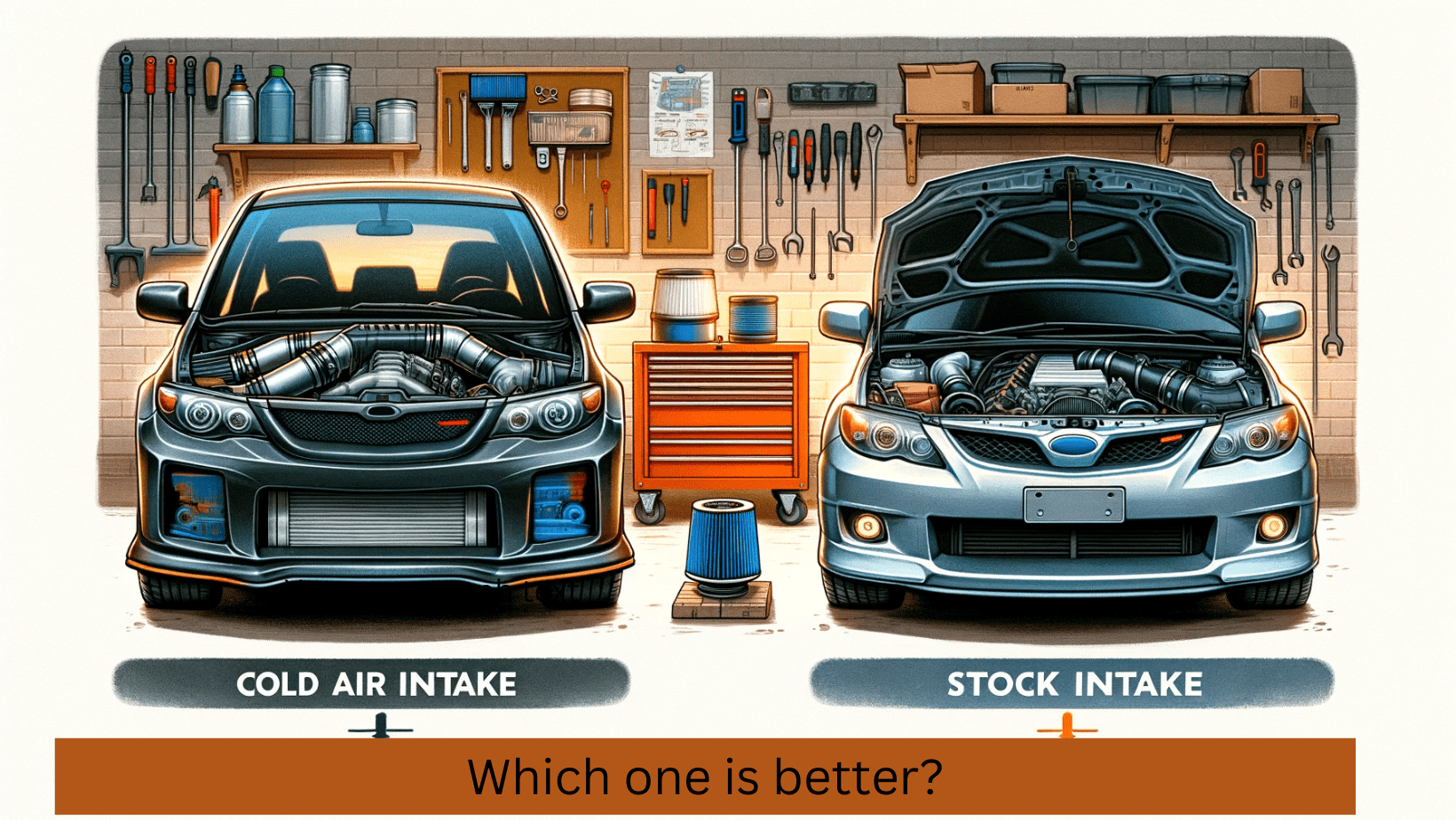Emphasizing Maintenance and Cleaning in Maximizing Cold Air Intake Benefits
In the realm of car performance, the inclusion of a cold air intake system stands out as a popular upgrade. These systems offer a blend of enhanced horsepower, better throttle response, and more efficient fuel consumption. However, the key to unlocking these benefits lies not just in the installation but in regular maintenance and cleaning. Let’s delve into how proper upkeep of cold air intakes can boost your vehicle’s performance and longevity.
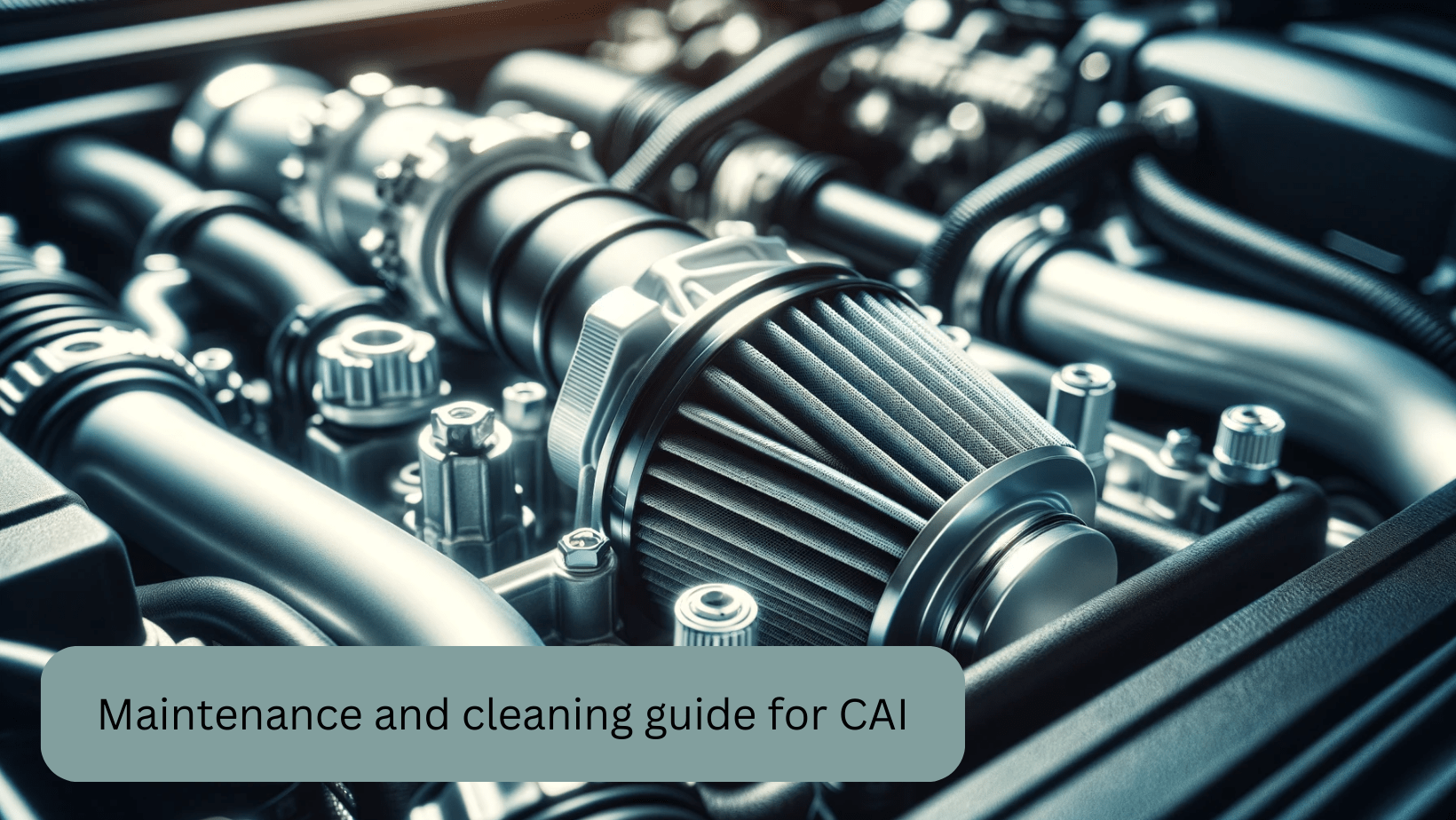
Key Takeaways
- Increased Horsepower: Cold air intakes can improve horsepower by allowing cooler, denser air into the engine.
- Enhanced Fuel Efficiency: Cooler air leads to more efficient fuel burning, thus improving mileage.
- Better Engine Longevity: Regular maintenance helps in preventing contaminants from harming the engine.
- Importance of Cleaning: Cleaning the air filter and intake system ensures optimal performance.
- Types of Air Filters: Understanding different air filters and their maintenance requirements.
The Impact of Cold Air Intakes on Vehicle Performance
How Cold Air Intakes Work
Cold air intakes reroute the air intake away from the engine’s heat, drawing in cooler air. This cooler air is denser, containing more oxygen, which is essential for the combustion process in the engine. With more oxygen available, the engine can burn fuel more efficiently, leading to several benefits:
- Improved Horsepower: Cooler air increases the rate of combustion, resulting in more power output.
- Enhanced Throttle Response: The engine responds quicker due to the rapid combustion process.
- Increased Fuel Efficiency: Efficient combustion means less fuel is needed for the same power, improving mileage.
Learn more about the turbocharger’s role in performance boost.
Maintenance and Cleaning: The Cornerstones of Performance
| Maintenance Action | Recommended Time Span | Description |
|---|---|---|
| Air Filter Inspection | Every 15,000 to 30,000 miles | Check for dirt and debris. Clean or replace if necessary. |
| Air Filter Cleaning (for reusable filters) | Every 30,000 to 50,000 miles | Clean with appropriate solutions; re-oil if it’s an oiled filter. |
| Intake Tube and Components Check | Every 12 months | Inspect for any obstructions or damage. |
| Complete System Inspection | Every 12 to 24 months | Check for leaks, loose fittings, and wear and tear. |
| Air Filter Replacement (for disposable filters) | As per manufacturer’s recommendation | Typically between 15,000 to 30,000 miles, depending on the vehicle and driving conditions. |
Regular maintenance of a cold air intake system is crucial. A well-maintained system ensures that the benefits of cooler, denser air are consistently delivered. Here are the key aspects of maintaining and cleaning your cold air intake:
- Air Filter Inspection and Cleaning: The air filter should be checked regularly for any build-up of dirt and debris. A clogged filter restricts airflow, diminishing the benefits.
- Intake Tube and Components Cleaning: Ensure the intake tube and other components are free from obstructions.
- Periodic Replacement of Parts: Some components might need replacement over time to maintain optimum performance.
Explore the various cold air intake materials.
Understanding Different Types of Air Filters

Cold air intakes come with different types of air filters, each with specific maintenance needs:
- Dry Filters: These require regular cleaning but no oiling.
- Oiled Filters: These need cleaning and re-oiling for effective performance.
- Disposable Filters: These are replaced rather than cleaned.
Discover the specific benefits of cold air intakes for diesel engines.
Real-Life Examples and Best Practices
- Example 1: A sports car owner noticed a 5% increase in horsepower after installing and regularly maintaining a cold air intake.
- Example 2: Regular cleaning of the air filter in a diesel truck led to noticeable improvements in throttle response and fuel efficiency.
Conclusion: Maximizing the Gains from Cold Air Intakes
The benefits of cold air intakes are evident, but they are maximized only when paired with diligent maintenance and cleaning. By understanding the workings of these systems and their care requirements, car enthusiasts can ensure their vehicles operate at peak efficiency and performance.
